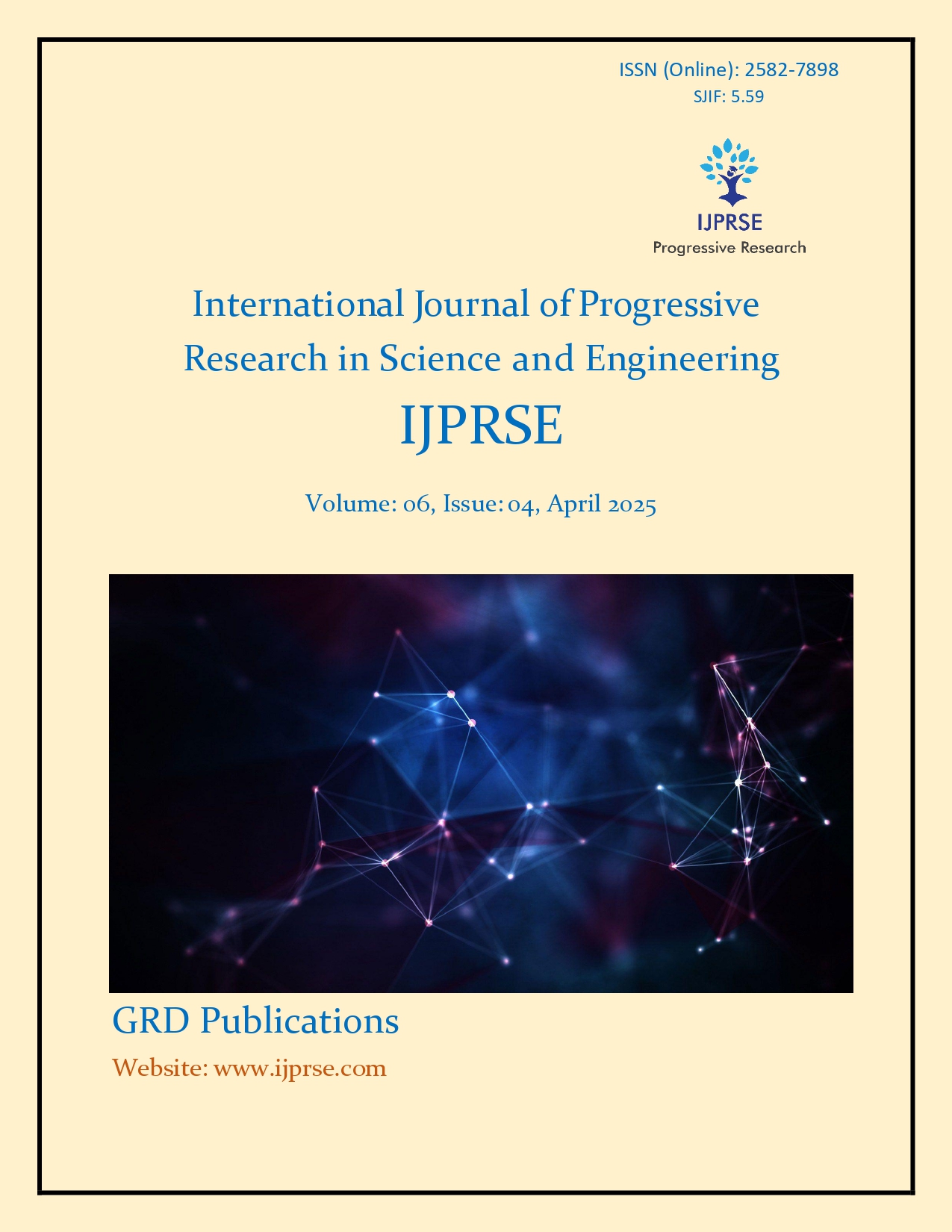Green Chemistry and Catalysis: A Review of Recent Advances
Keywords:
Green chemistry, Catalysis, renewable resources, catalytic processes, green synthesis, Eco-friendly, Biocatalysis, Heterogeneous catalysis, Photocatalysis, Sustainable development.Abstract
Green chemistry catalysis represents a transformative approach toward sustainable chemical synthesis by emphasizing efficiency, safety, and environmental responsibility. Central to this field is the development of catalytic systems that promote essential transformations such as reduction and oxidation while minimizing energy consumption and waste production. Catalytic reduction and oxidation reactions, often mediated by transition metals or metal-free catalysts, are critical in fine chemical and pharmaceutical production, enabling high selectivity and atom economy. Microwave-assisted synthesis has emerged as a powerful tool in green catalysis due to its ability to dramatically reduce reaction times and energy usage. This method enhances reaction kinetics and yields while aligning with the principles of green chemistry. Similarly, sonochemistry—utilizing ultrasonic waves to initiate or accelerate reactions—offers another eco-friendly alternative. Through acoustic cavitation, sonochemical techniques improve mass transfer and promote unique reaction pathways that are not easily achievable through conventional means. The choice of solvent plays a pivotal role in defining the green credentials of a catalytic process. Traditional volatile organic solvents are being increasingly replaced by greener alternatives such as water, supercritical fluids, and bio-based solvents. Among these, ionic liquids have attracted considerable attention due to their negligible vapor pressure, high thermal stability, and tunable physicochemical properties. These designer solvents not only enhance catalyst solubility and reusability but also contribute to more sustainable reaction conditions. Overall, advancements in green chemistry catalysis—spanning innovative reaction media, energy-efficient technologies, and selective catalytic processes—are paving the way for a more environmentally benign chemical industry.
Downloads
Downloads
Published
How to Cite
Issue
Section
License
Copyright (c) 2025 Pratiksha Rajguru, Aishwarya Dhone, Uma Korade, Ankita Bansude, Pooja Dhumal, Dnyaneshwari Divan

This work is licensed under a Creative Commons Attribution-NonCommercial 4.0 International License.


